Classification of PE protective film viscosit
Click:Date:2022/11/18
PE protective film is one of the most common materials in protective film, and it is also the most widely used polymer material in the world. It is mainly used in hardware industry, photoelectric industry, plastic industry, printing industry, wire and cable industry, electronic industry, mobile phone digital industry.
PE protective film has thickness, color, viscosity, application, etc. users can choose suitable materials according to the products used. Many companies have different definitions on the viscosity of PE protective film. In combination with the actual situation of the company, we confirm the classification of adhesion according to the following standards:
According to the viscosity, it can be divided into: ultra-low viscosity protective film, low viscosity protective film, medium viscosity protective film, high viscosity protective film and ultra-high viscosity protective film.
1. Ultra low viscosity protective film (i.e. micro bottom adhesion)
Peel strength (≤ 5g / cm), tensile rate (> 400), easy to use, easy to stick, easy to tear, no residual glue phenomenon. Suitable for organic board, instrument, display screen, glass lens, plastic lens, etc. It is often called electrostatic film on the market.
2. Low viscosity protective film
Peel strength (10-20g / cm), tensile rate (> 400), stable adhesion, good adhesion, good re peeling performance, no residual glue phenomenon. Suitable for steel mirror plate, titanium metal, smooth plastic plate, screen printing, inscription, etc. Also known as electrostatic film on the market.
3. Low viscosity protective film
Peel strength (30-50g / cm), tensile rate (> 400), stable adhesion, good adhesion, good re peeling performance, no residual glue phenomenon. It is suitable for furniture, polaroid, stainless steel, ceramic tile, marble, artificial stone, etc.
4. Medium adhesion protective film
Peel strength (60-80g / cm), tensile rate (> 400), stable adhesion, good adhesion, good re peeling performance, no residual glue phenomenon. It is suitable for surface protection of fine grain frosted board and common hard to stick materials.
5. High viscosity protective film
Peel strength (80-100g / cm), tensile rate (> 400), stable adhesion, good adhesion, good re peeling performance, no residual glue phenomenon. It is suitable for fine grain sanding board, aluminum plastic plate, and hard to stick plastic plate.
6. Ultra high viscosity protective film
Peel strength (above 100g / cm), tensile rate (> 400), super high viscosity, water-based acrylic acid as pressure sensitive adhesive, easy to use, easy to stick, easy to tear, easy to appear residual glue phenomenon. It is suitable for coarse grain aluminum plate and other difficult to stick materials.
PE protective film has thickness, color, viscosity, application, etc. users can choose suitable materials according to the products used. Many companies have different definitions on the viscosity of PE protective film. In combination with the actual situation of the company, we confirm the classification of adhesion according to the following standards:
According to the viscosity, it can be divided into: ultra-low viscosity protective film, low viscosity protective film, medium viscosity protective film, high viscosity protective film and ultra-high viscosity protective film.
1. Ultra low viscosity protective film (i.e. micro bottom adhesion)
Peel strength (≤ 5g / cm), tensile rate (> 400), easy to use, easy to stick, easy to tear, no residual glue phenomenon. Suitable for organic board, instrument, display screen, glass lens, plastic lens, etc. It is often called electrostatic film on the market.
2. Low viscosity protective film
Peel strength (10-20g / cm), tensile rate (> 400), stable adhesion, good adhesion, good re peeling performance, no residual glue phenomenon. Suitable for steel mirror plate, titanium metal, smooth plastic plate, screen printing, inscription, etc. Also known as electrostatic film on the market.
3. Low viscosity protective film
Peel strength (30-50g / cm), tensile rate (> 400), stable adhesion, good adhesion, good re peeling performance, no residual glue phenomenon. It is suitable for furniture, polaroid, stainless steel, ceramic tile, marble, artificial stone, etc.
4. Medium adhesion protective film
Peel strength (60-80g / cm), tensile rate (> 400), stable adhesion, good adhesion, good re peeling performance, no residual glue phenomenon. It is suitable for surface protection of fine grain frosted board and common hard to stick materials.
5. High viscosity protective film
Peel strength (80-100g / cm), tensile rate (> 400), stable adhesion, good adhesion, good re peeling performance, no residual glue phenomenon. It is suitable for fine grain sanding board, aluminum plastic plate, and hard to stick plastic plate.
6. Ultra high viscosity protective film
Peel strength (above 100g / cm), tensile rate (> 400), super high viscosity, water-based acrylic acid as pressure sensitive adhesive, easy to use, easy to stick, easy to tear, easy to appear residual glue phenomenon. It is suitable for coarse grain aluminum plate and other difficult to stick materials.
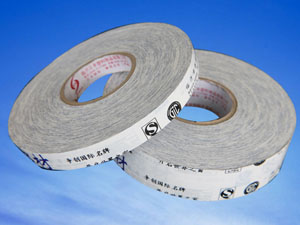
Protective Film For Aluminum Window Profile

Polymer Adhesive Film
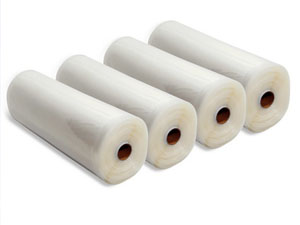
Pvc Protective Film
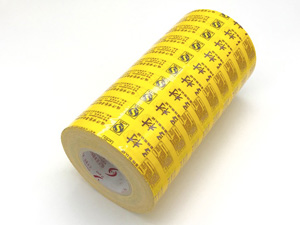
Protective Film for Stainless Steel Plate

Transparent Protective Film
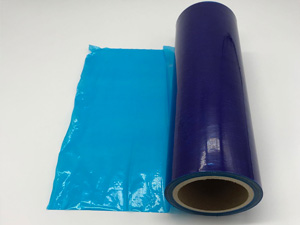
Bule Film
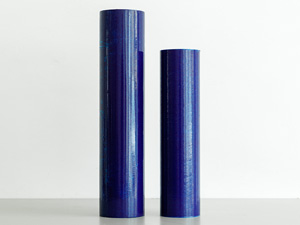
Protective Film for Glass

Self Adhesive Protective Film

Protective Film for Aluminum Composite Panel

Protective Film for Aluminum Composite Panel
Advantages and disadvantages of PVC membrane structure
What are the characteristics of PE protective film
Selection principle of protective film
Advantages of protective film
How to avoid degumming when using the protective film of aluminum plastic plate?
The characteristics and types of protective film
Five main factors affecting hot melt adhesive film
Process comparison of hot melt adhesive film
Definition and characteristics of hot melt adhesive film
Classification of PE protective film viscosit


